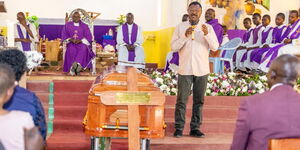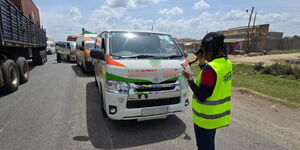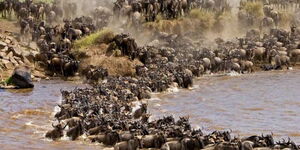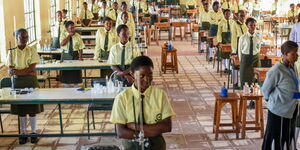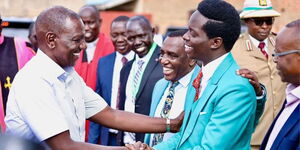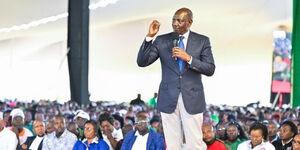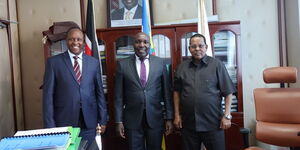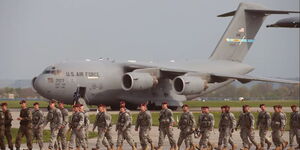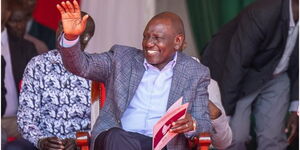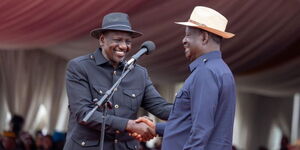The Azimio La Umoja One Kenya Coalition party held the first-ever meeting at the revamped Kirigiti Stadium in Kiambu county on Monday, August 1.
The Jubilee government under President Uhuru Kenyatta's leadership undertook the stadium's refurbishment in a project that cost taxpayers Ksh600 million.
Nonetheless, not known to many is the rich history behind the stadium. Its history dates back to the colonial era when it was constructed by the colonial administration as a cricket stadium.
The stadium is now upgraded to international standards with a sitting capacity of 16,000 people on the terraces.
Besides being a significant boost to the region's sporting activities, the stadium will also preserve the rich history of events held at the venue since the colonial era.
This explains the origin of the name “ Kirigiti”, which was a translation of the word cricket by the Agikuyu community in the Kiambu region. The stadium was famed during the colonial era not only for the sports played there but for the high-profile political gatherings it hosted and that made it iconic.
Among the list of iconic meetings held at the Kirigiti Stadium is the remarkable one convened by founding President, Mzee Jomo Kenyatta, and other Kenya Africa Union (KAU) at the onset of the 1952 state of emergency.
The meeting was organized by the African elite leaders in protest of the colonial administrators, a move that prompted radical measures from the alarmed Governor Sir Everlyn Baring.
The Kikuyu community inhabiting the vicinity of Kirigiti Stadium also used it as the venue for traditional rituals and ceremonies.
In 1960, the stadium hosted yet another significant meeting - this time the formation of the Kenya African National Union (KANU).
In 1970s, Kirigiti Stadium was used as the meeting place for the Gikuyu, Embu, and Meru Association (GEMA), a group that championed the interests of the three communities from Mount Kenya.
Veteran politician from Kiambu county, the late Njenga Karume, was the then leader of the caucus which was formed under the guidance of Mzee Jomo Kenyatta.
KANU also used the venue to launch Uhuru Kenyatta's presidential bid in 2002 in the company of Njenga Karume and other KANU diehards. Uhuru would, however, lose to former President Mwai Kibaki who led a formidable force of opposition politicians.
Kirigiti is also credited to have been part of the historic intrigues that birthed the current constitution. In 2010, then President Mwai Kibaki and Prime Minister Raila Odinga led a major campaign rally for the proposed referendum, which went on to receive overwhelming support on the ballot.
The stadium also hosted the swearing-in of the first Governor of Kiambu County, William Kabogo Gitau, in 2013. President Uhuru Kenyatta and his deputy, William Ruto, also used the venue for a rally before the 2017 elections.
The Ministry of Sports and Culture in 2020 oversaw the groundbreaking of the refurbishment of the stadium with an aim of resuscitating the iconic ground that had been abandoned for decades. The government committed to upgrading it to international standards with all the requisite features.
The stadium currently boasts of state of art infrastructure, with a VIP pavilion, two presidential holding rooms, VIP holding rooms, and modern changing rooms. Plans are also underway to construct a basketball and volleyball pitch.

